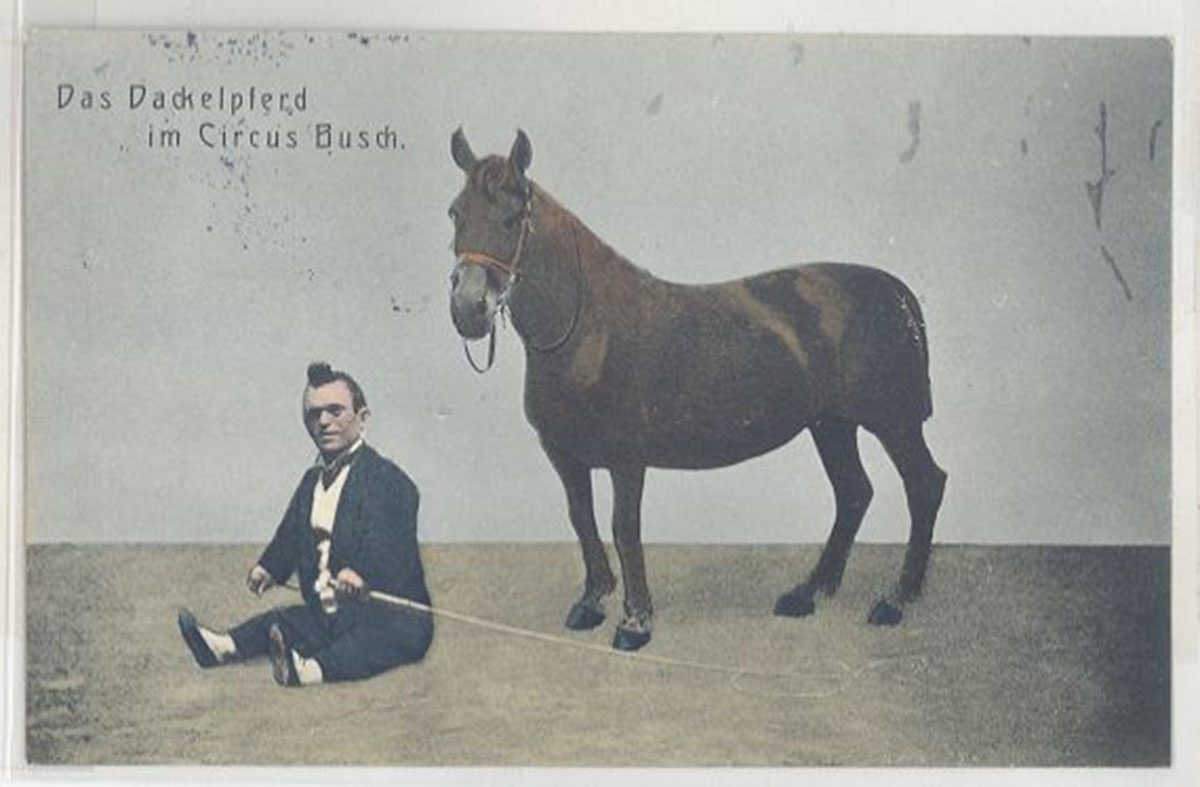
Achondroplasia
Achondroplasia is a genetic disorder which affects bones and cartilage. Achondroplasia represents the common cause of dwarfism. This is autosomal dominant genetic disorder and the defect gene is passed onto the children. If one parent suffers from achondroplasia the chance that the child will have the same disease is 50%. If both parents have achondroplasia the risk is even greater and accounts for 75%. Not all the cases of achondroplasia occur due to transfer of defect gene. Some people develop achondroplasia due to spontaneous mutation.
Signs and Symptoms of Achondroplasia
The most prominent feature of achondroplasia is short stature. Men are approximately 131 cm high while approximate height in women is 124 centimeters. Extremities of people with achondroplasia are short and thick. The shortest are thighs and upper arms comparing to lower legs and forearms. This is why extremities may appear disproportional. Furthermore, the legs may also be bowed. And finally, in achondroplasia fingers are very short.
The skull of people suffering from achondroplasia is a bit bigger than normal size. The forehead is typically prominent and nasal bridge is commonly flattened. Some of these people may develop hydrocephalus which can be a cause of enlarged head.
It may occur that babies suffering from achondroplasia start walking between 18 and 24 months. This developmental delay is most definitely caused by improper development of bones and cartilage.
Another feature of achondroplasia is related to teeth. Namely, crowing and misalignment of the teeth commonly occur in achondroplasia.
Improper development of bones and cartilage also affects the spine and leads to either lordosis or kiphosis.
In some cases insufficient growth of the vertebrae may result in small vertebral canals and once the child starts to grow and develop spinal compression may occur. There is a variety of spinal compression symptoms and signs and they basically depend on the level and degree of compression.
People who have achondroplasia may also develop sleep apnea, they are prone to obesity and ear infections.
Treatment for Achondroplasia
There is no cure for achondroplasia. People who have this genetic disorder can lead perfectly normal lives. However, children need to be carefully monitored especially when it comes to their growth and development so that potential complications and medical conditions can be identified on time.
Human growth hormone is effective and may stimulate growth, but it does not work in people suffering from achondroplasia. There is one controversial surgical procedure called limb-lengthening which may lengthen the extremities of people with achondroplasia.



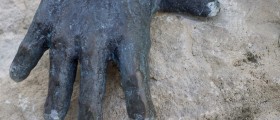

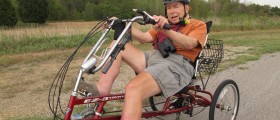




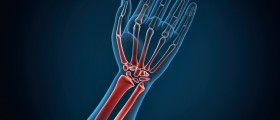
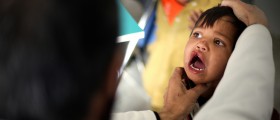
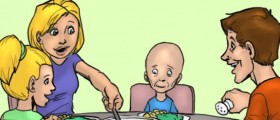




Your thoughts on this
Loading...